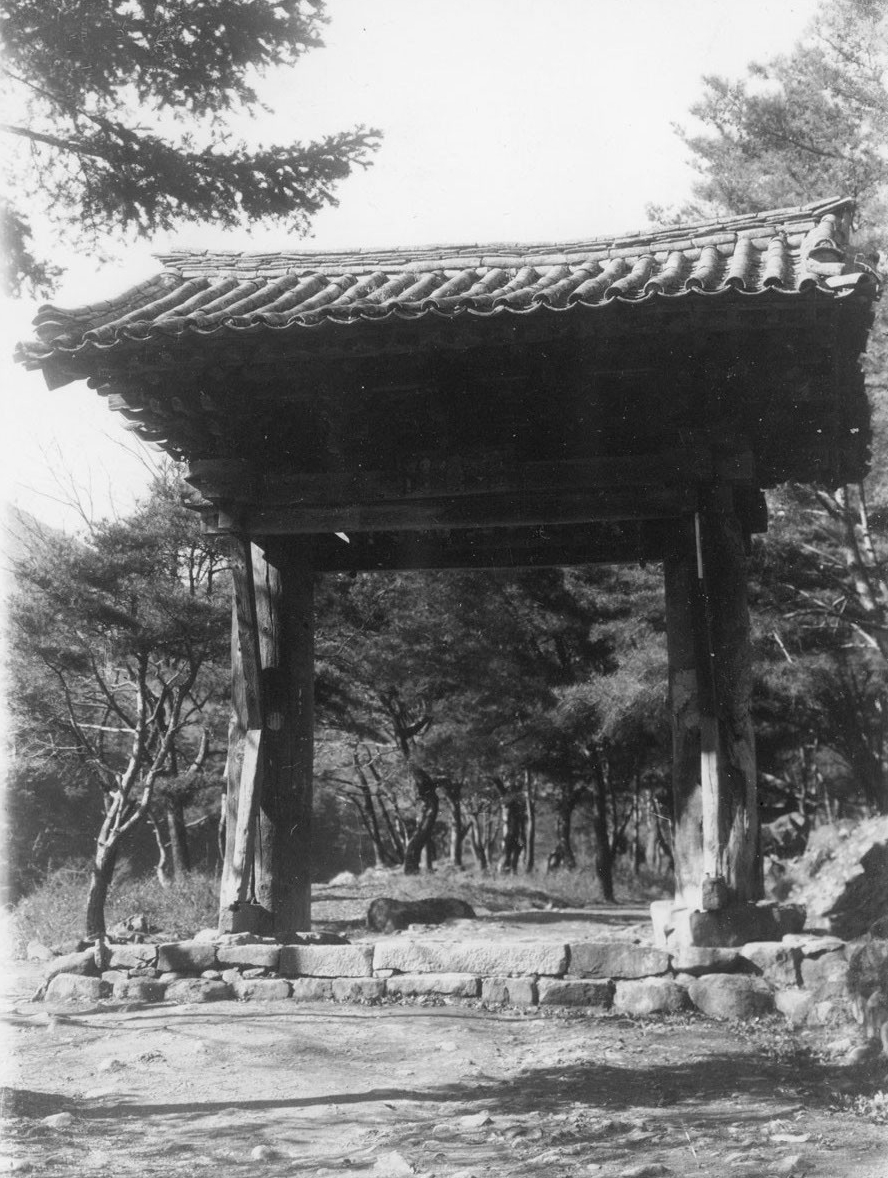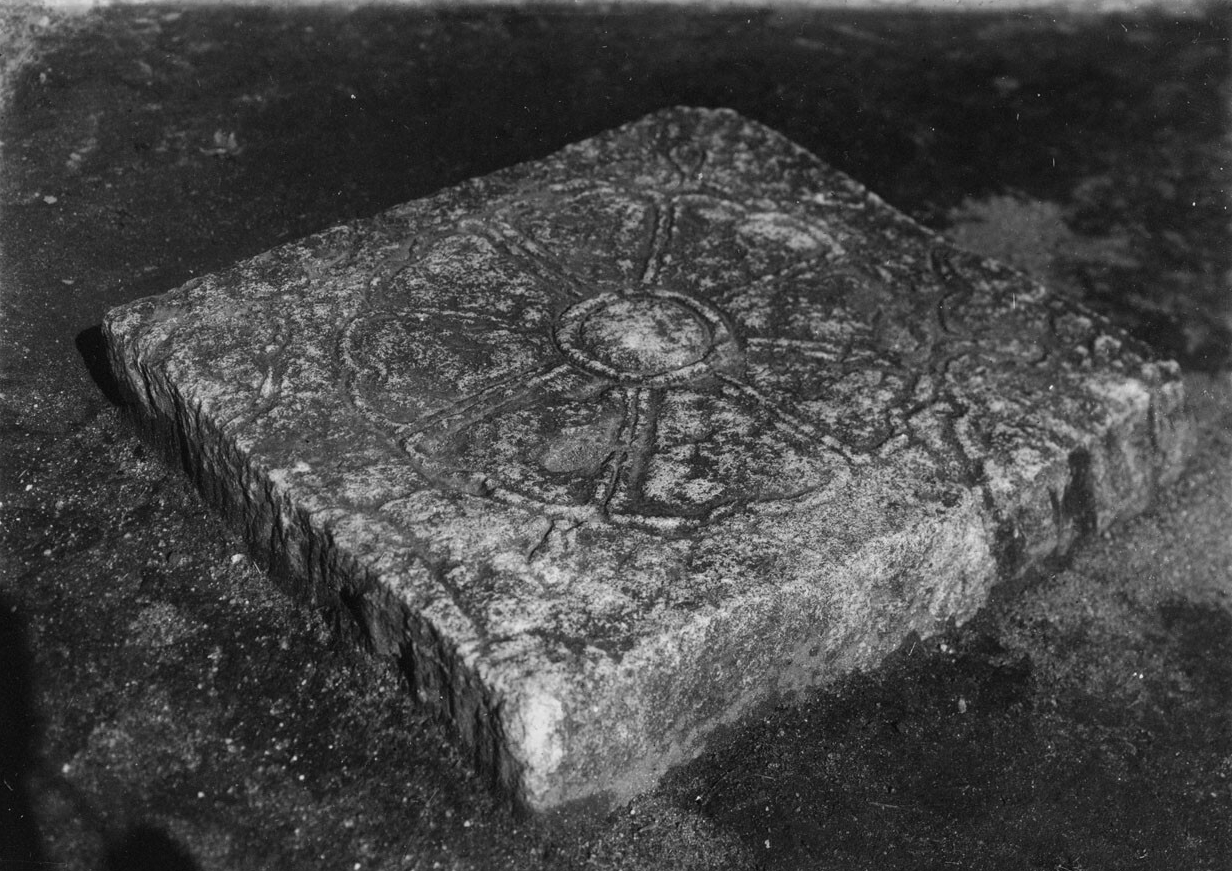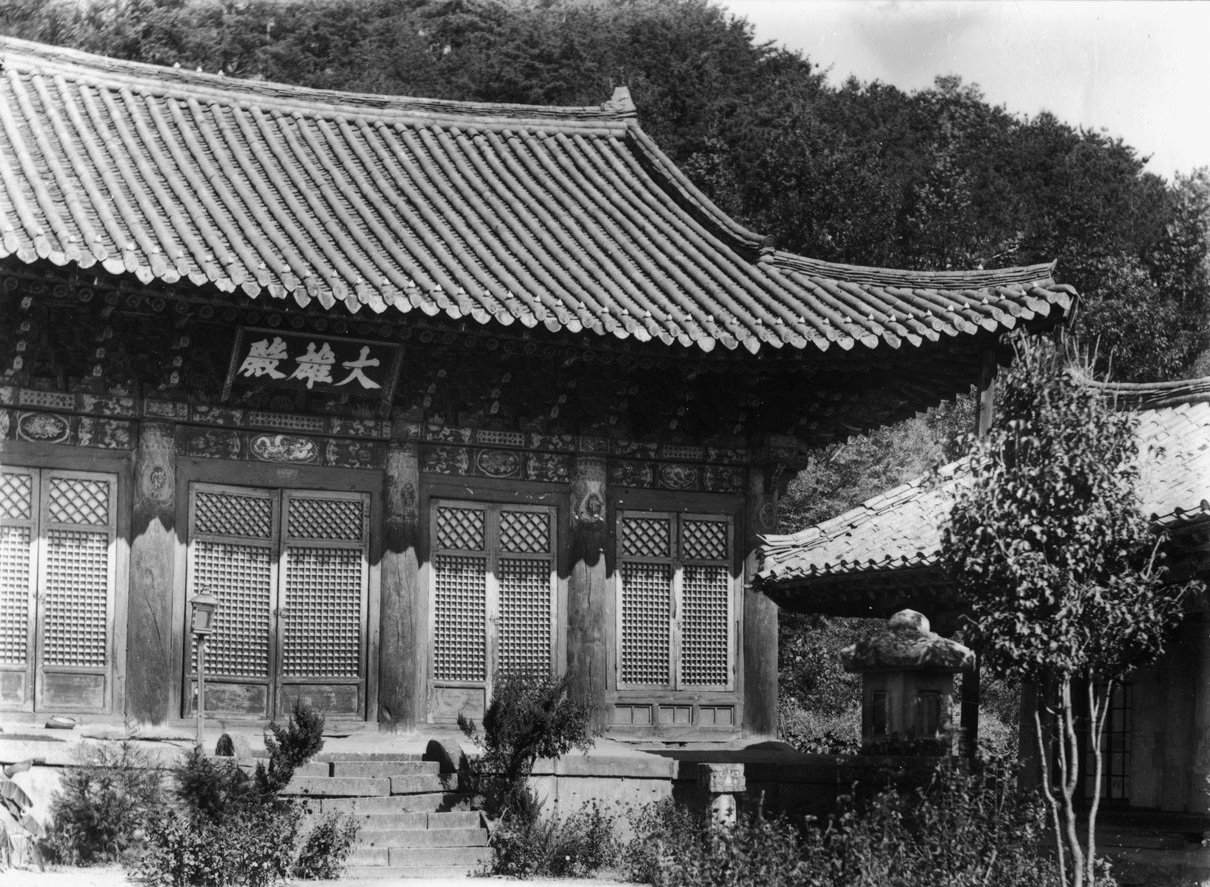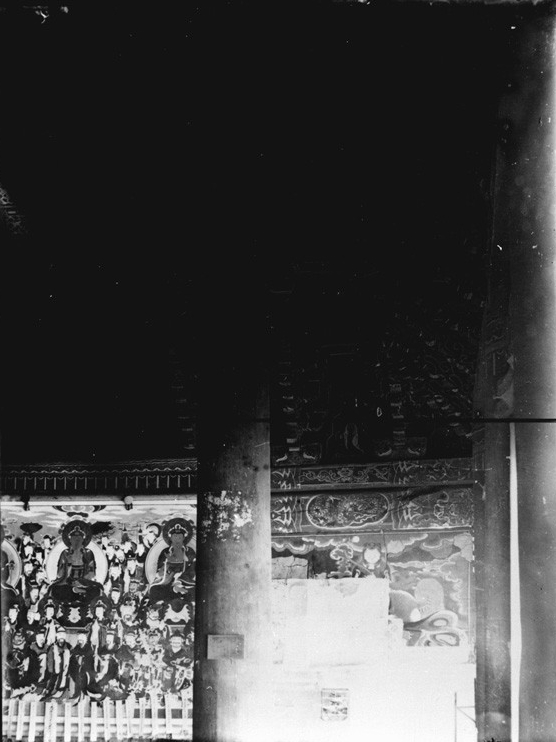Colonial Korea – Jikjisa Temple
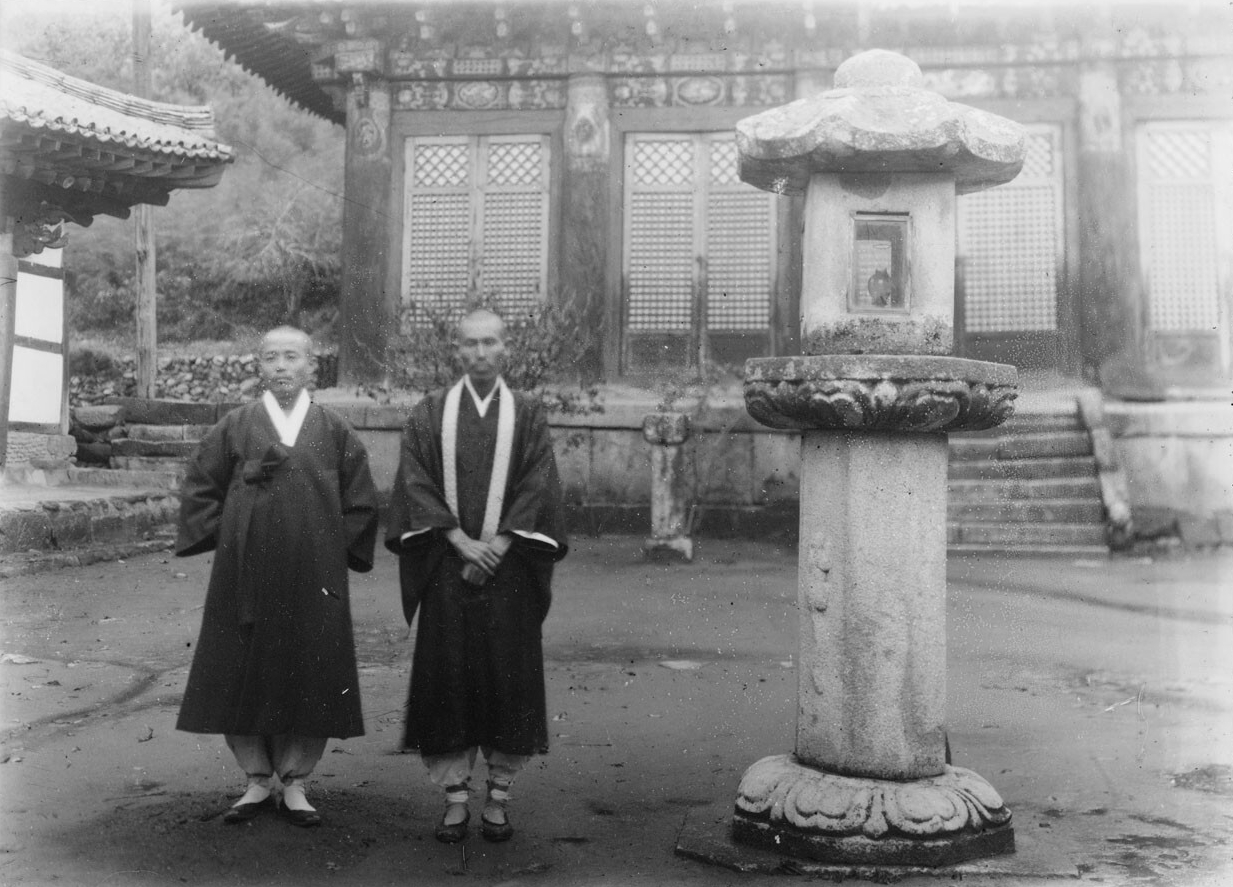
Temple History
Jikjisa Temple, which means “Finger Pointing Temple” in English, sits at the base of Mt. Hwangaksan (1111.3m) in Gimcheon, Gyeongsangbuk-do. The temple is scenically located with quiet forests, towering mountain peaks, and rolling streams. According to temple legend, Jikjisa Temple was built in 418 A.D. by the monk Ado-hwasang. There are three theories as to how the temple got its name. The first states that after first seeing the location, Ado-hwasang pointed to a spot on the mountain and said that a large temple should be built at its base. The second story states that in 936 A.D., Master Neungyeo, while reconstructing the temple, instead of using a ruler to measure the land and the construction materials, used his hands to measure. And the third story refers to Seon Buddhism teaching and “pointing directly” to the Original Mind (Buddha Nature).
As for Ado-hwasang, he was a famed missionary from the Goguryeo Kingdom (37 B.C. – 668 A.D.). He’s sometimes credited with first introducing Buddhism to the Silla Kingdom (57 B.C. – 935 A.D.). Buddhism was formally accepted in the Silla Kingdom in 527 A.D., but this didn’t stop Ado-hwasang from helping to introduce and popularize Buddhism inside the Silla borders. If true, and the temple does in fact date back to 418 A.D., it makes Jikjisa Temple one of the oldest temples on the Korean Peninsula.
While originally much smaller in size, the temple was later rebuilt and expanded by Jajang-yulsa (590-658 A.D.) in 645 A.D. during the reign of Queen Seondeok (r.632-647 A.D.). The temple was expanded to an amazing forty buildings. During King Taejo of Joseon’s reign, from 1392 to 1398, the temple became the largest in East Asia. However, during the extremely destructive Imjin War (1592-98), numerous military monks from Jikjisa Temple, known as the Righteous Army, took up armed resistance against the invading Japanese. As a reprisal, Jikjisa Temple was burned to the ground by the Japanese. In 1602, after the war, Jikjisa Temple was rebuilt; but this time, with only twenty buildings (half of its former size). Throughout the centuries, the temple has been expanded numerous times up until the 1980’s. Now, Jikjisa Temple is one of the eight largest temples in Korea, and its grounds are home to an additional five hermitages. Jikjisa Temple is home to five Korean Treasures.
Colonial Era Photography
It should be noted that one of the reasons that the Japanese took so many pictures of Korean Buddhist temples during Japanese Colonial Rule (1910-1945) was to provide images for tourist photos and illustrations in guidebooks, postcards, and photo albums for Japanese consumption. They would then juxtapose these images of “old Korea” with “now” images of Korea. The former category identified the old Korea with old customs and traditions through grainy black-and-white photos.
These “old Korea” images were then contrasted with “new” Korea images featuring recently constructed modern colonial structures built by the Japanese. This was especially true for archaeological or temple work that contrasted the dilapidated former structures with the recently renovated or rebuilt Japanese efforts on the old Korean structures contrasting Japan’s efforts with the way that Korea had long neglected their most treasured of structures and/or sites.
This visual methodology was a tried and true method of contrasting the old (bad) with the new (good). All of this was done to show the success of Japan’s “civilizing mission” on the rest of the world and especially on the Korean Peninsula. Furthering this visual propaganda was supplemental material that explained the inseparable nature found between Koreans and the Japanese from the beginning of time.
To further reinforce this point, the archaeological “rediscovery” of Japan’s antiquity in the form of excavated sites of beautifully restored Silla temples and tombs found in Japanese photography was the most tangible evidence for the supposed common ancestry both racially and culturally. As such, the colonial travel industry played a large part in promoting this “nostalgic” image of Korea as a lost and poor country, whose shared cultural and ethnic past was being restored to prominence once more through the superior Japanese and their “enlightened” government. And Jikjisa Temple played a large part in the the propagation of this propaganda, especially since it played such a prominent role in Korean Buddhist history and culture. Here are a collection of Colonial era pictures of Jikjisa Temple through the years.
Pictures of Colonial Era Jikjisa Temple
Specific Dates Unknown (1909-1945)
